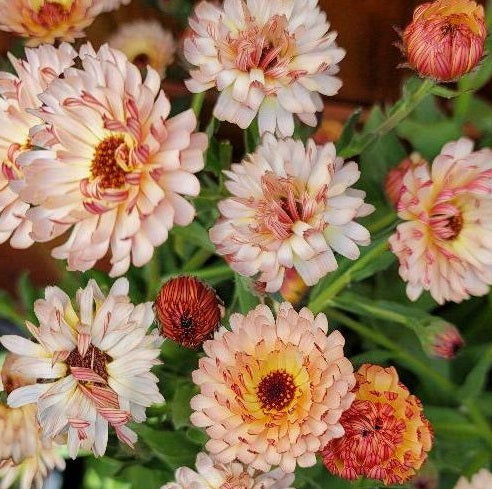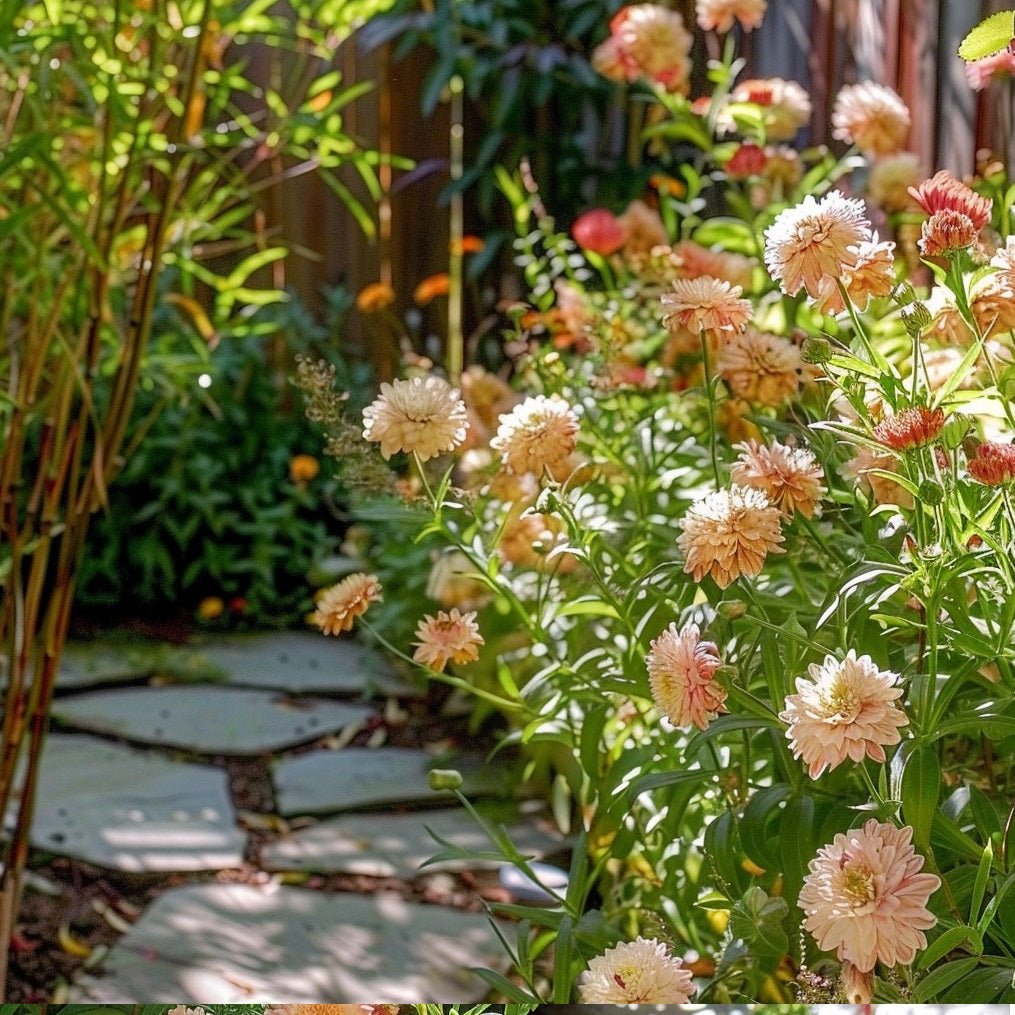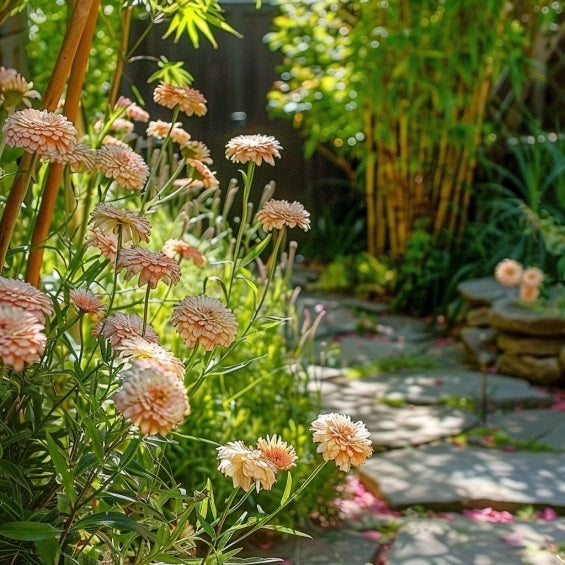The Bamboo Seed
Marigold Seeds - Strawberry Blonde
Marigold Seeds - Strawberry Blonde
Couldn't load pickup availability
Strawberry Blonde Marigold Seeds
- Qty 50+ Marigold Strawberry Blonde Seeds
- Calendula officinalis seeds
- USDA zones 2-11
- Annual flower seeds
- Marigold seeds
- Cold hardy plants
Growing Strawberry Blonde Marigold Flowers from Seed
Growing Marigold Calendula officinalis seeds can be a rewarding experience for any gardener, novice or experienced. Not only are these Strawberry Blonde Marigold flowers visually stunning with their lovely peach, pink, and yellow hues, but they also offer a host of practical benefits. Calendula officinalis is known for its medicinal properties, with its flowers containing compounds that have anti-inflammatory, antifungal, and antibacterial properties. These flowers can be used to make salves, creams, and oils that can help soothe skin irritations, cuts, and bruises.
Calendula flowers are attractive to pollinators like bees and butterflies, making them beneficial for the overall health of your garden ecosystem. Furthermore, these flowers are easy to grow, requiring only well-draining soil, regular watering, and full sun to thrive. Whether you're planting them in garden beds, containers, or alongside vegetables in a companion planting scheme, Marigold Calendula officinalis seeds can bring beauty, health, and biodiversity to your garden.
Planting Strawberry Blonde Marigold Seeds
Marigold seeds, often referred to as French Marigold seeds, are a popular choice for gardeners due to their ease of planting and care. Strawberry Blonde Marigold seeds can be directly sown into the garden soil once the danger of frost has passed, typically in the spring or early summer. The seeds should be planted about 1/4 inch deep and spaced approximately 6-8 inches apart. Marigolds thrive in well-draining soil and prefer full sun, but they can tolerate some partial shade. They are relatively drought-tolerant, but regular watering is recommended, especially during dry spells.
As the Strawberry Blonde Marigold plants grow, deadheading (removing spent flowers) encourages continuous blooming. Marigolds are also known for their ability to repel pests like nematodes and aphids, making them a beneficial addition to vegetable gardens. With minimal effort, Marigold seeds can quickly germinate and grow into beautiful, low-maintenance plants that add a pop of color to any garden landscape.
Marigold Seed Germination Indoors
Germinating Strawberry Blonde Marigold seeds indoors is a simple process that can be done in a few easy steps:
Select a Container: Choose a container with good drainage. Seed starting trays or small pots work well for this purpose. Ensure the container is clean and sterilized to prevent disease.
Prepare the Soil: Use a well-draining seed-starting mix or a combination of peat moss and perlite. Fill the container to within about 1/2 inch of the top.
Moisten the Soil: Water the soil until it's evenly moist but not waterlogged. Allow excess water to drain out.
Sow the Seeds: Place the marigold seeds on top of the soil, spacing them about 1 inch apart. Lightly press the seeds into the soil, but do not cover them with additional soil as marigold seeds need light to germinate.
Cover the Container: Cover the container with a clear plastic dome or plastic wrap to create a mini greenhouse effect. This helps to retain moisture and warmth, which aids germination.
Provide Adequate Light and Temperature: Place the container in a warm, brightly lit area. Ideal temperatures for germinating marigold seeds are between 70-80°F (21-27°C). A sunny windowsill or under grow lights works well.
Keep the Soil Moist: Check the soil moisture regularly and water when the top of the soil feels dry. Avoid overwatering, as this can lead to fungal issues.
Remove the Cover: Once the seeds have germinated and small seedlings have emerged (usually within 7-10 days), remove the plastic cover to prevent excessive humidity and encourage air circulation.
Transplant the Seedlings: When the seedlings have developed a couple of true leaves and are about 2-3 inches tall, they can be transplanted into larger containers or directly into the garden, spacing them according to the variety's recommendations.
Provide Adequate Care: Continue to water the seedlings regularly, ensuring that the soil remains evenly moist. Marigolds prefer full sun and well-drained soil. Fertilize with a balanced fertilizer every 2-3 weeks.
With proper care and attention, your marigold seeds should germinate and grow into healthy plants that will reward you with beautiful blooms.
Seeds for Calendula officinalis Flowering Plants
Calendula officinalis, commonly known as pot marigold, is a popular choice among gardeners for several reasons. Firstly, these flowers are versatile, available in a variety of colors from bright yellows to deep oranges, making them a striking addition to any garden. Secondly, calendula flowers are easy to grow, thriving in a range of soil types and climates. They are also known for their medicinal properties, with their petals containing compounds that have anti-inflammatory, antifungal, and antibacterial properties. This makes them a valuable addition to medicinal herb gardens.
Calendula flowers are attractive to pollinators like bees and butterflies, making them beneficial for the overall health of a garden ecosystem. Furthermore, calendula flowers are edible and can be used in salads or as a natural food dye, adding to their appeal for gardeners. Overall, calendula officinalis flowers are a popular choice among gardeners due to their beauty, ease of care, medicinal properties, and versatility.
Caring for Strawberry Blonde Summer Blooms
Caring for marigold plants in the garden during summer is relatively straightforward, as they are known for their resilience and ability to tolerate hot and dry conditions. To ensure optimal growth and blooming, it's essential to provide them with adequate water, especially during periods of prolonged heat. Watering should be done at the base of the plant, avoiding wetting the foliage to prevent fungal diseases. Applying a layer of mulch around the plants can help retain soil moisture and reduce weed growth.
Deadheading spent Marigold flowers regularly can encourage continuous blooming and prevent self-seeding. If the plants become leggy or start to decline, cutting them back by a third can promote new growth and rejuvenate the plants. Additionally, fertilizing your Marigold Strawberry Blonde plants with a balanced fertilizer every 4-6 weeks can provide the necessary nutrients for healthy growth. Lastly, keeping an eye out for pests like aphids or spider mites and treating them promptly can help keep marigold plants healthy and thriving throughout the summer.
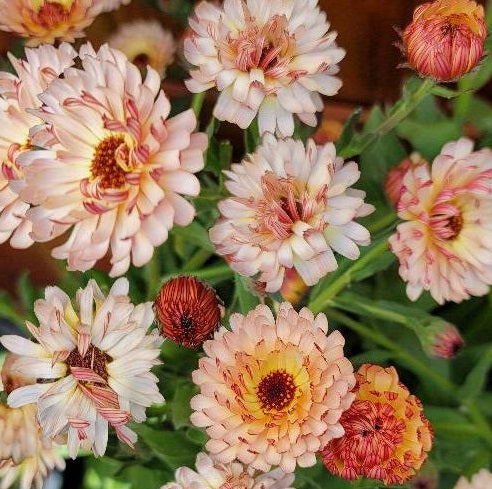
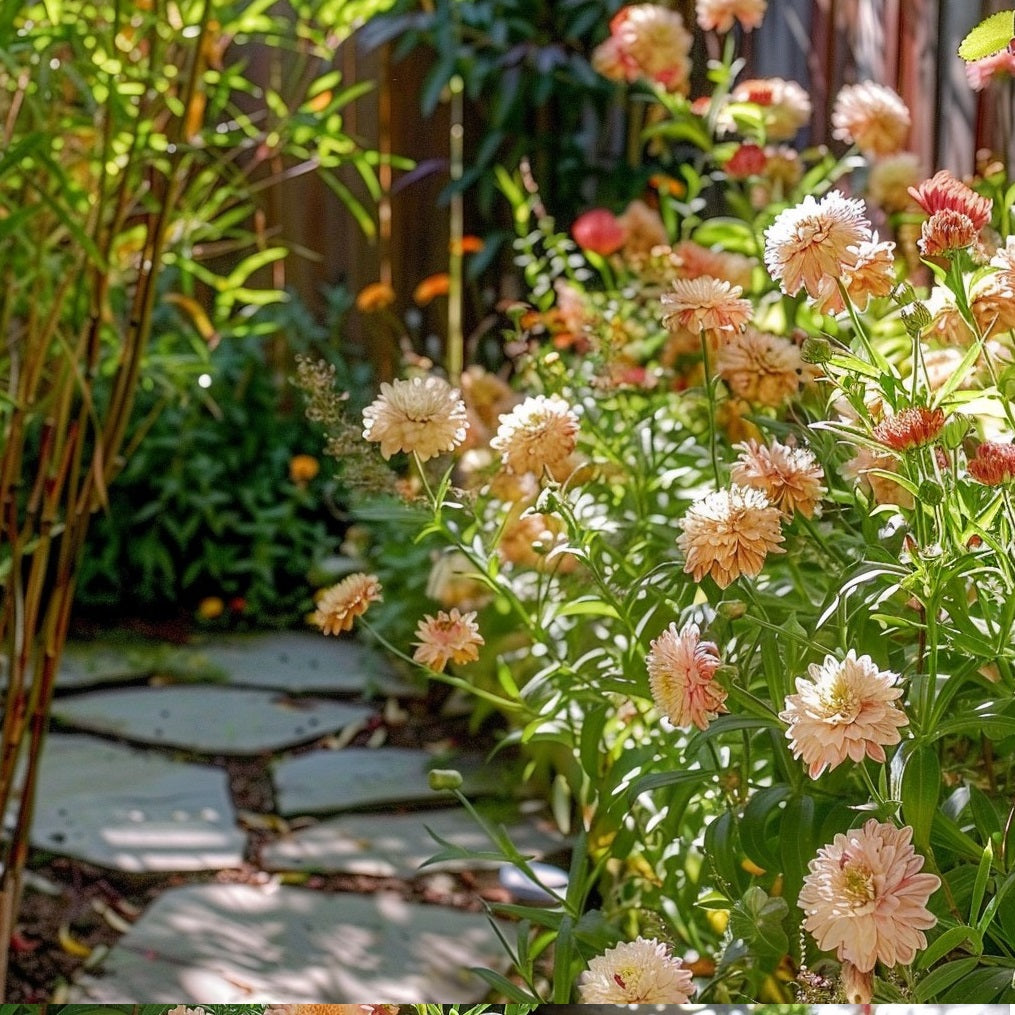
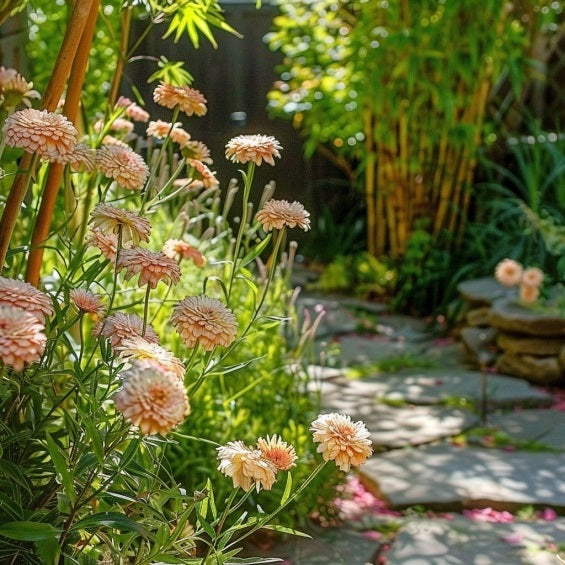
Collections
-

All Bamboo Seeds for Sale
Welcome to our catalog of bamboo plant seeds for sale including clumping...
-
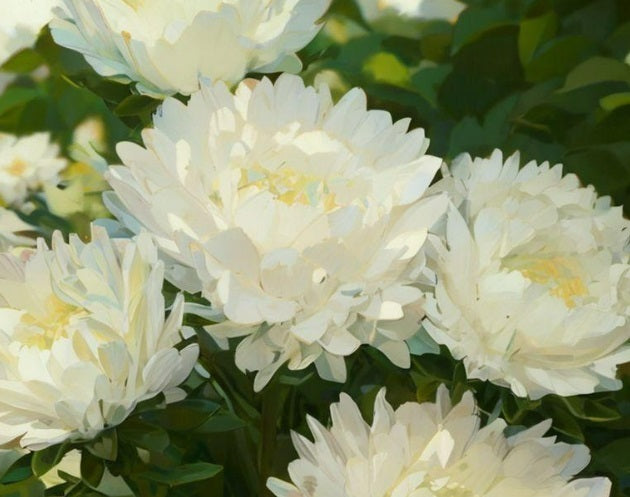
All Flower Seeds
All of our 2025 flower seeds are sold out. Please check back...
-
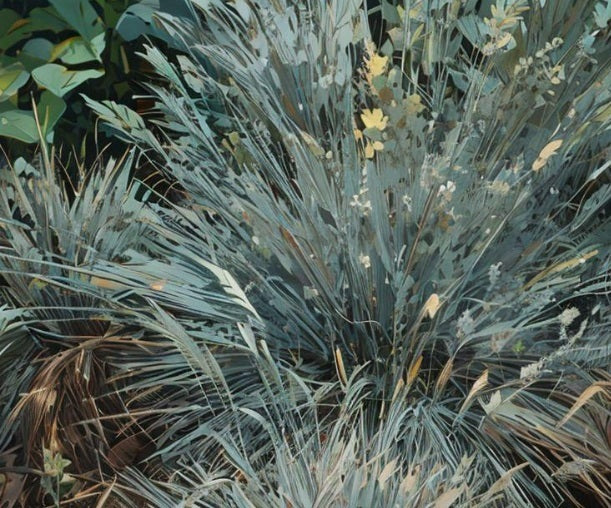
All Ornamental Grass Seeds
Grass has finally come into its own as a garden landscape centerpiece....
-
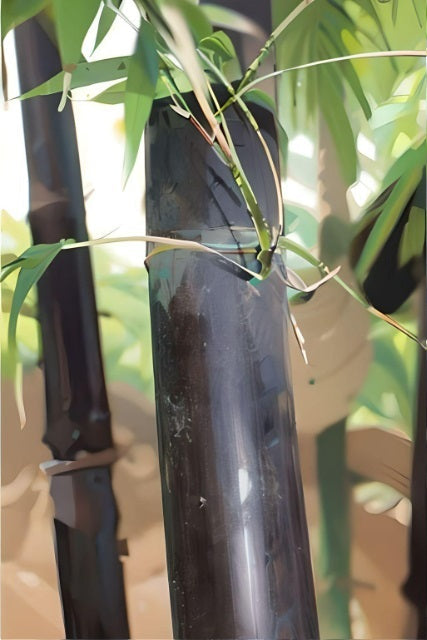
Black Bamboo Seeds
Consider Black Bamboo seeds for eye-catching bamboo varieties with lustrous black, dark...
-
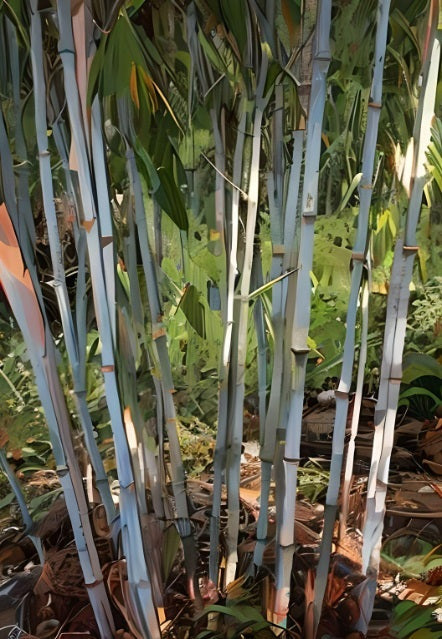
Clumping Bamboo Seeds
Clumping bamboo species grow in dense clumps or clusters that are naturally...
-

Cold Hardy Bamboo Seeds
A selection of cold resistant bamboo seeds for hardy bamboo able to...
-
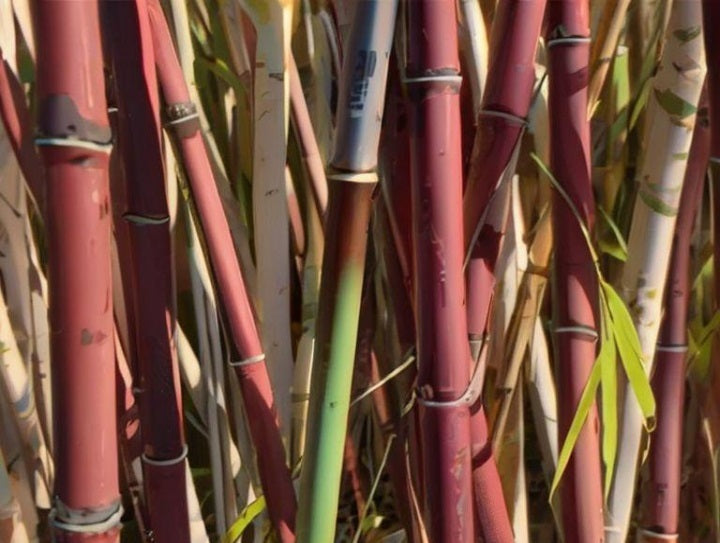
Fargesia Bamboo Seeds - Clumping and Cold Hardy
Buy bamboo seeds for beautiful cold hardy and clumping Fargesia bamboo. Our...
-

Giant Bamboo Seeds
When you're looking for impressive size with ample shade below, consider fastest...
-

Running Bamboo Seeds
Running bamboo spreads through underground runners, known as rhizomes. These rhizomes can...
-

Tropical Bamboo Seeds
Our curated selection of tropical bamboo seeds best suited for planting in...

